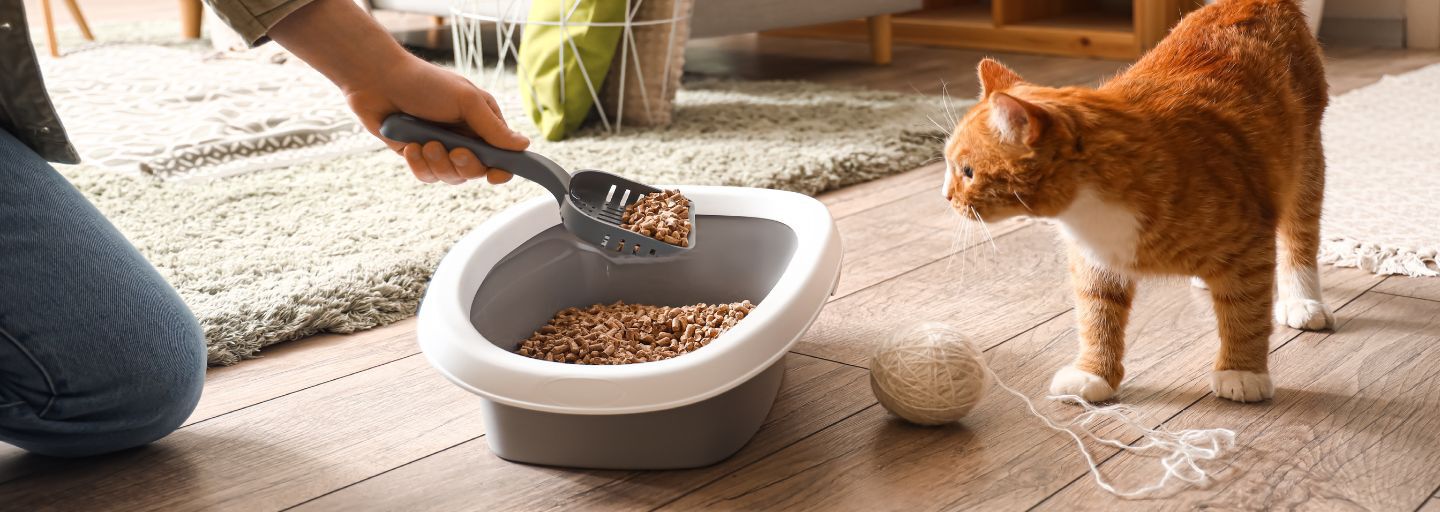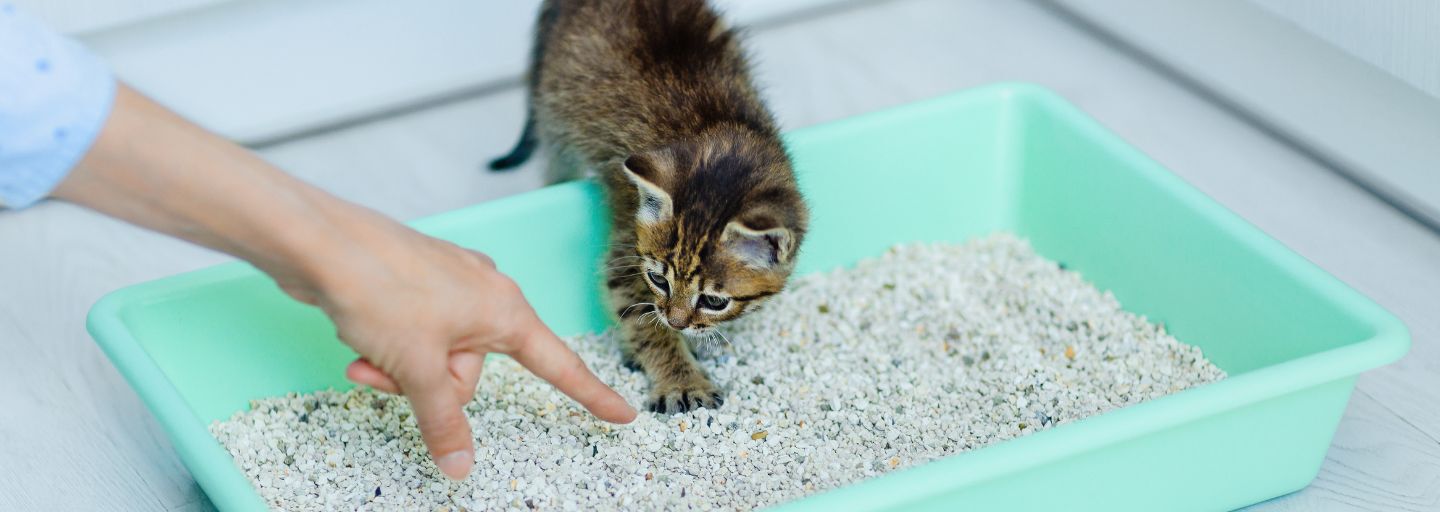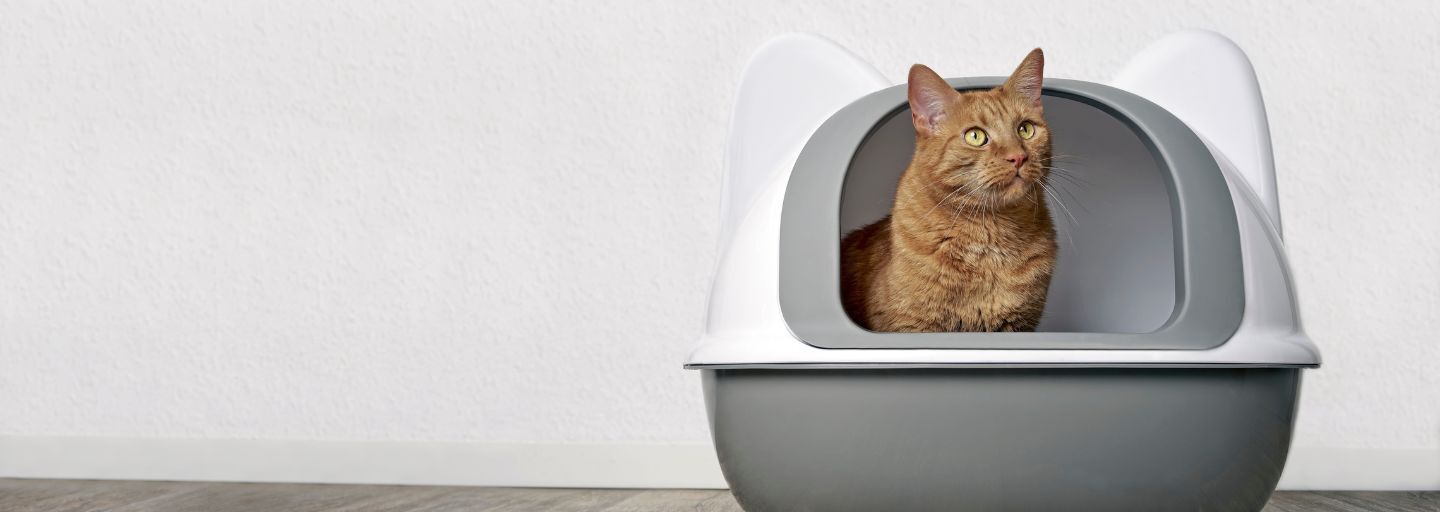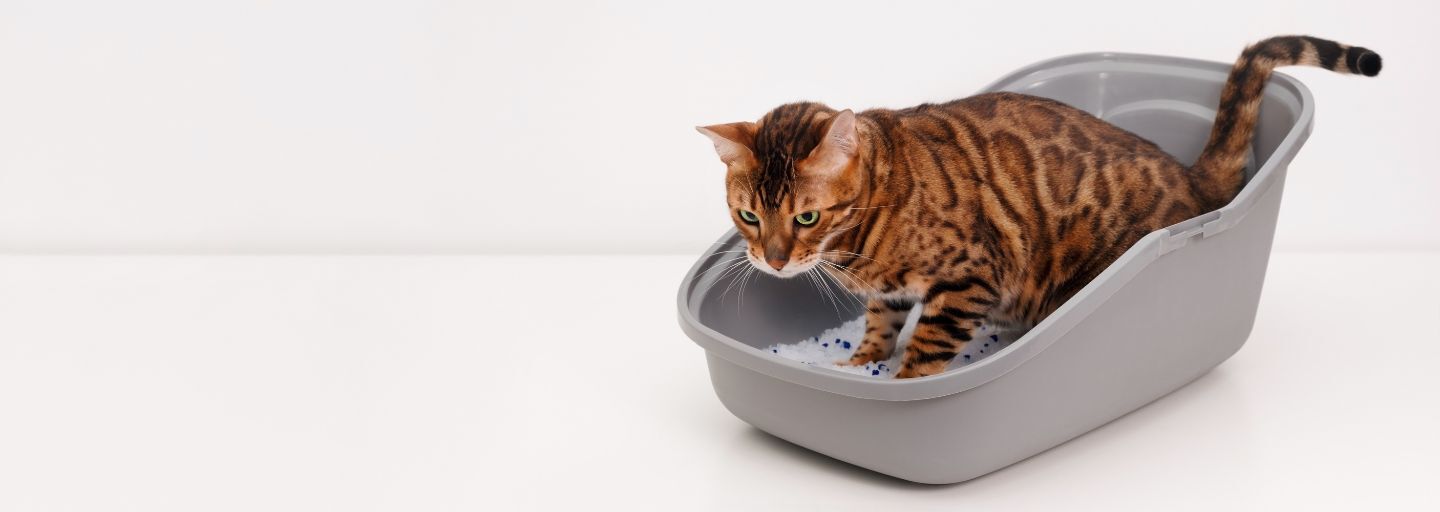Toileting is a normal function in an animal’s life. Urination and defection rid your cat’s body of waste products and, together with spraying, they also deposit your cat’s scent around their environment, signaling that the area belongs to them. This helps them feel secure.
Cats may occasionally have toileting issues. For some, this will be a rare event when they are unable to reach the great outdoors or their litter box. For others, this inappropriate elimination becomes a habit.
The most common reasons that cats toilet inappropriately include; urinary tract disease or other illnesses, litter box issues, or stress.
Hints:
- If your cat toilets next to doorways or windows, or sprays on the outer walls of your home, chances are they are bothered by something outdoors. Check for neighborhood stressors such as other cats, dogs, children, or noises.
- If your cat pees or poops next to their litter tray, it is usually a problem with litter cleanliness or the (too-small) size of their litter box. Clean more often or provide more litter trays.
- If your cat toilets around your home when guests are visiting, your cat is probably stressed. Your cat will need to be desensitized to people.
- If your cat toilets on your personal items such as clothing, bags, chairs, or beds, separation-related distress may be the problem. Teach your cat to cope with being alone by introducing gradual separation from your cat while you are at home together.
Solutions for Toileting Problems:
Owners need patience while they work on a cat toileting problem. Solutions will depend on the cause of the problem, and owners may need to try a combination of veterinary care, litter changes, and stress reduction to solve their problem.
Firstly, a vet check is necessary to rule out any medical issues that the cat may have. If your cat is straining to toilet or there is blood in their waste products, take them to the vet immediately.
Litter box issues are varied but some general rules to increase attractiveness of the litter tray as a toileting spot include:
- The larger the litter tray, the better. Some cats poop outside the tray as the tray is not large enough for them to turn around and squat.
- The cleaner the litter, the better. For many cats, if they have urinated in the litter box, it is no longer clean, and they poo outside, so clean regularly or have more trays.
- Some cats prefer covered boxes, some prefer open.
- Most cats enjoy privacy to toilet, so locate the tray in a quiet area.
- Provide at least one litter tray per cat. These can be placed side by side or in different areas around your home, the latter usually preferable in multi-cat households.
- Clean the tray regularly, without using harsh cleaning products. Vet hot water is a good cleaning agent.
- Clean up toileting 'accidents' using an enzymatic cleaner, as this will remove any scent residues that may attract the cat back to the same spot.
- Place a towel or bath mat under the litter tray to gather any litter or dust that gathers on your cat’s paws.
- If your cat is stressed, try to remove the cause of the anxiety. If this is due to other cats in your home, you may need to separate them until they can be gradually introduced to one another in a positive way again. If outside stressors are bothering your cat, try blocking views. Extremely stressed cats may benefit from veterinary medication.






